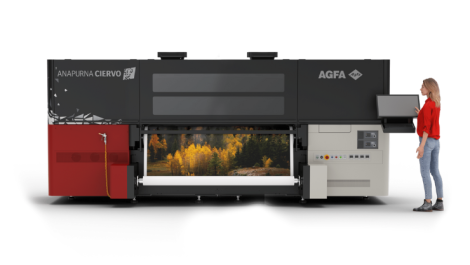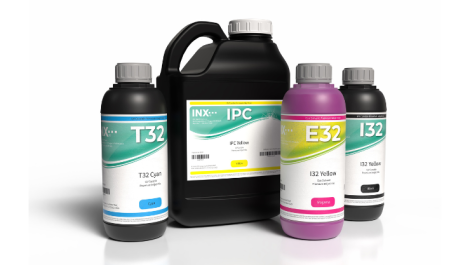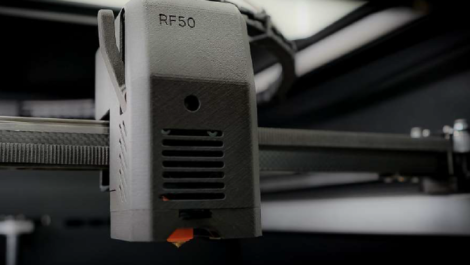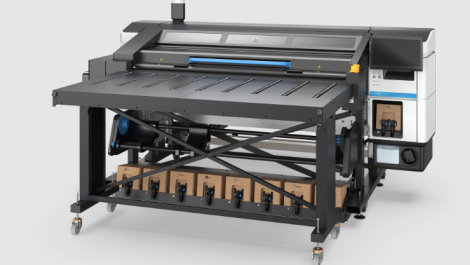Roland has teamed up with ink manufacturer Marabu to develop the Roland VS-300iS-GOdigital, a flatbed solution for the printing of graphic overlays and membrane switches.
The companies have described the new machine as ‘compatible with a huge range of products, including consumer electronics, vending machines, office equipment and medical devices.’
As part of a hybrid workflow, the VS-300iS-GO is able to produce colour accurate images, text and logos on to media before a layer of white ink is screen printed on top. Users therefore enjoy all the advantages of digital print technology with ‘low set-up costs, fast set-up times, easy re-prints, superb proofing capabilities, variable data printing, extra durability and an incredible quality finish.’
Where Roland has provided the hardware Marabu is supplying aqueous digital inks, which are ‘virtually odour-free’ and meet the EN71-3 standard fro safety.
‘Roland and Marabu have combined their considerable specialist industry knowledge to bring to the graphic overlay market this innovative purpose-built solution,’ said Paul Willems, Roland’s director of business development and product management, EMEA. ‘The new VS-300iS-GO offers the best possible results in terms of quality, durability and efficiency and enables easy access to this profitable market with low investment costs and compact, easy operation. The VS-300iS-GO offers huge potential to PSP’s, servicing a wide range of markets, from medical, aerospace and defence, to gaming, appliances and consumer electronics.’
‘Marabu and Roland DG joined forces to provide a dedicated solution for applications demanding the highest quality images and durability, added Matthias Schieber, Marabu product manager for inkjet products. ‘The ink series Maqua Jet DA-RGO is a technically validated ink solution for industrial printing and at the same time it’s designed to be combined with Marabu screen printing inks. Maqua Jet DA-RGO completes Marabu’s technological leadership in industrial applications as a complementary digital ink solution for hybrid workflows.’





